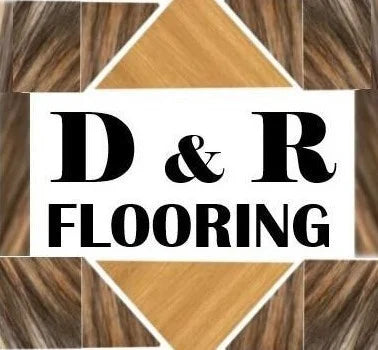
All You Need to Know: Linoleum Flooring
Share
What is Linoleum Flooring?
Linoleum flooring is a beautiful and varied flooring with a completely natural structure, which was first invented in 1860 by an Englishman named “Frederick Walton”.
Linoleum is very similar in appearance to Vinyl flooring, and before the invention of Vinyl flooring, Linoleum was the go-to option of architects and designers in many luxury buildings.
It may be interesting to know that Linoleum was the main flooring used in the luxury rooms and spaces of the Titanic. Today, due to its color and design variety, excellent environmental properties, and the absence of compounds harmful to human health, Linoleum has again attracted attention.
Linoleum flooring ingredients
Linoleum flooring is a result of a combination of several natural materials combined under special conditions such as controlled pressure and temperature. Most of this flooring’s raw materials are linseed oil (flaxseed oil), pieces of cork, wood, sawdust, and pine gum. These ingredients make Linoleum flooring a completely recyclable and environmentally friendly type of flooring.
You can see the main components of Linoleum flooring in the picture below.
1- Linseed oil (flaxseed oil) 2- Round cork 3- Sawdust 4- Pine tree gum 5- Limestone 6- Pigment 7- Hemp backing layer
Linoleum flooring durability
Linoleum flooring has a very long life and high durability, and its durability is often predicted to be up to about 40 years. But the average lifespan of this product is about 20 years, which is a relatively long life.
Linoleum flooring has a good performance against stains and dirt to the extent that it is considered resistant to stains, microbial contamination, and it is anti-allergy.
Types of linoleum flooring in terms of form
Linoleum flooring is produced in 3 general ways in terms of form.
Roll or sheet: Linoleum rolls, like Vinyl rolls, are installed on the bottom surface by glue.
Tiles: Linoleum tiles, like Linoleum rolls, are installed with glue, and of course, a layer of polyester is installed under them to make the floor stronger.
Parquet linoleum: This type of linoleum flooring is entirely installed like parquet. (panels have tongues that are fastened together)
A layer of moisture-resistant cork or sheet is also installed under the panels as a protective layer.
Moisture and Linoleum flooring
Linoleum performs very well against moisture, but not as well as vinyl flooring. Linoleum flooring is moisture resistant but not waterproof. Of course, if special waxes are used to protect this floor, linoleum rolls can be used as flooring in completely humid spaces (if water does not penetrate under the panels)
Uses of Linoleum flooring
Due to its structure, linoleum floors create a feeling of softness and flexibility under the feet when walking. Also, they are resistant to high traffic. These floors have good resistance to moisture and stain and are easy to clean. These factors have made linoleum flooring suitable for use in most spaces. But the primary use of this flooring is in homes, hospitals, and educational spaces like schools and libraries.
Maintenance of Linoleum flooring
Linoleum flooring should be periodically waxed or coated by a layer of acrylic. By doing these, you will increase the lifespan of this flooring and its resistance against moisture.
Cleaning and maintaining this flooring is relatively simple and is easily done with a broom and a wet towel.
